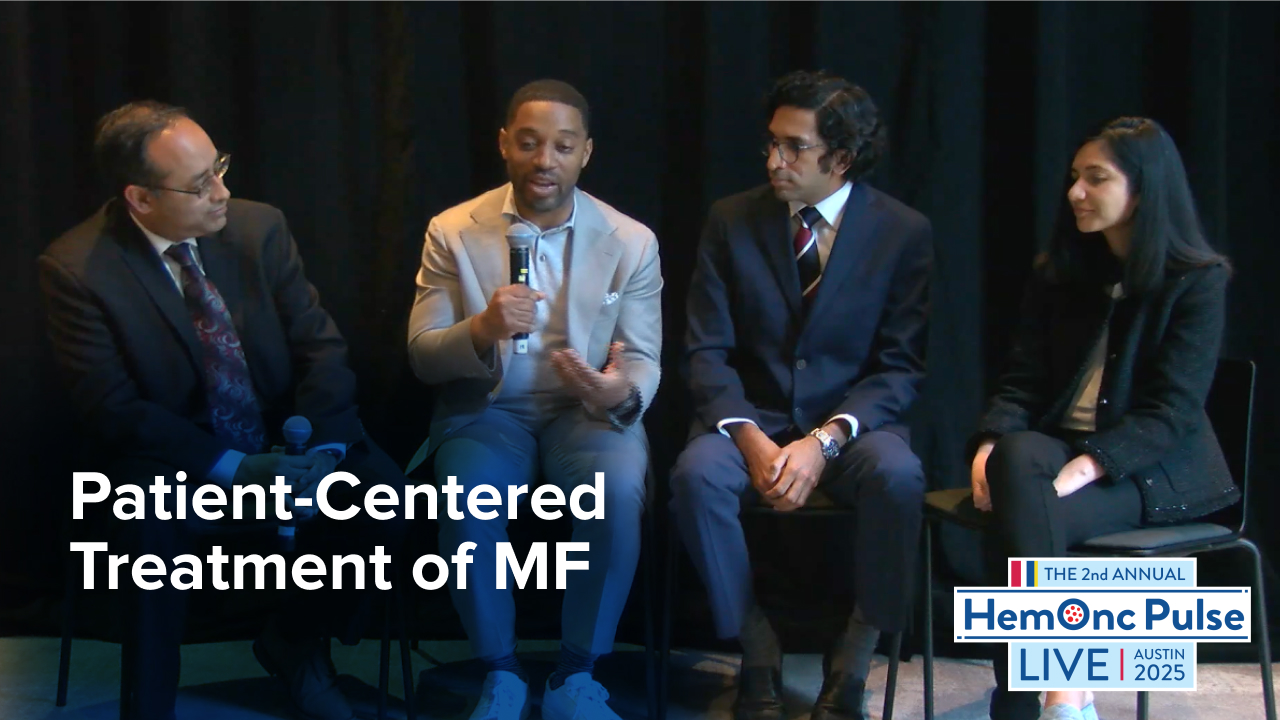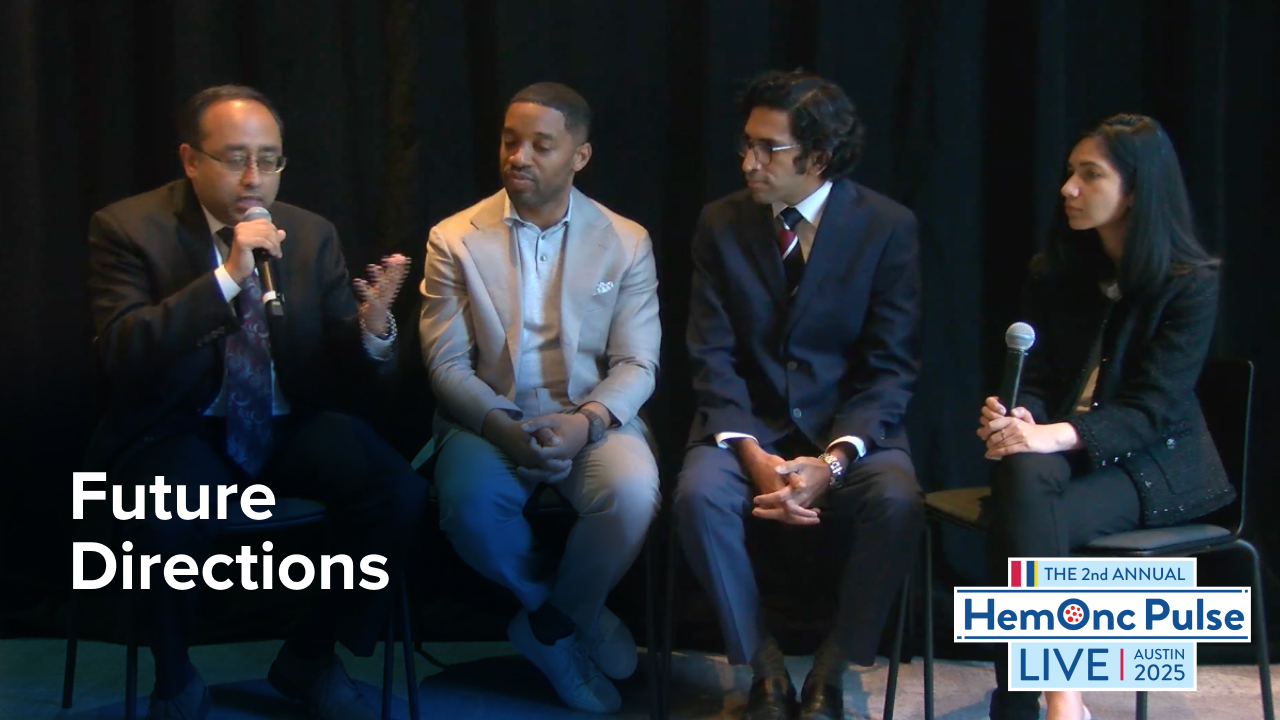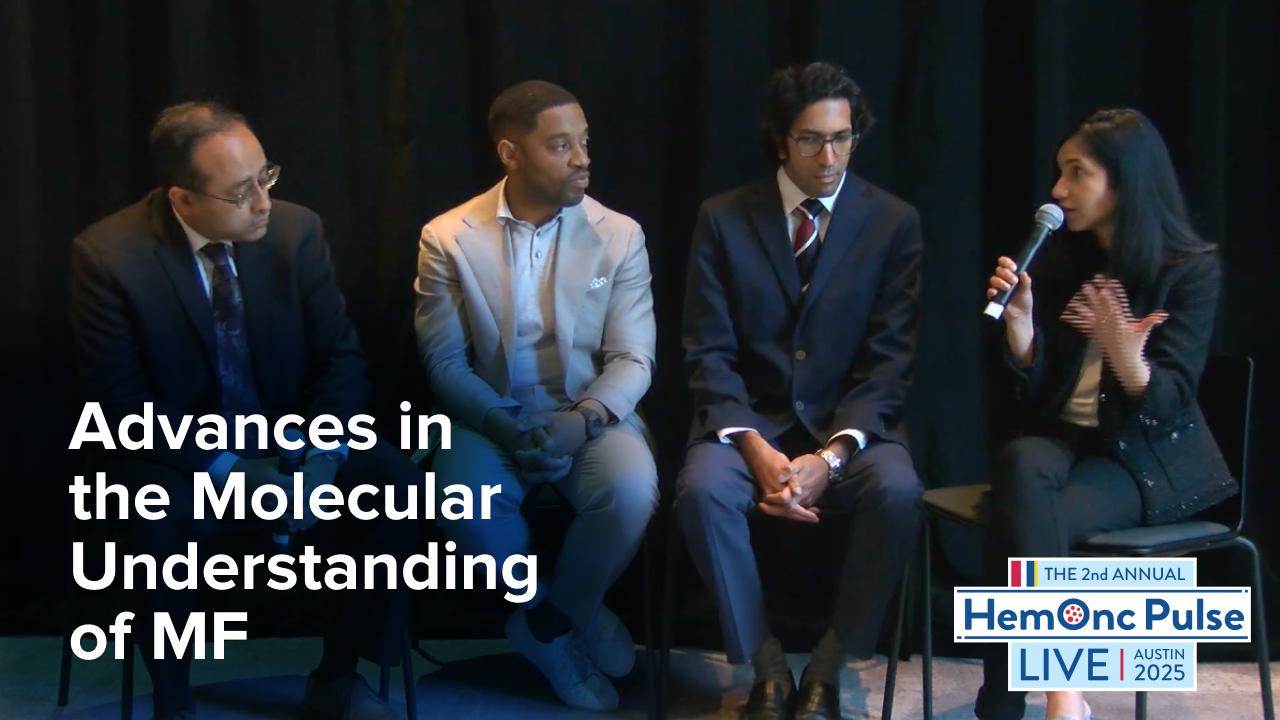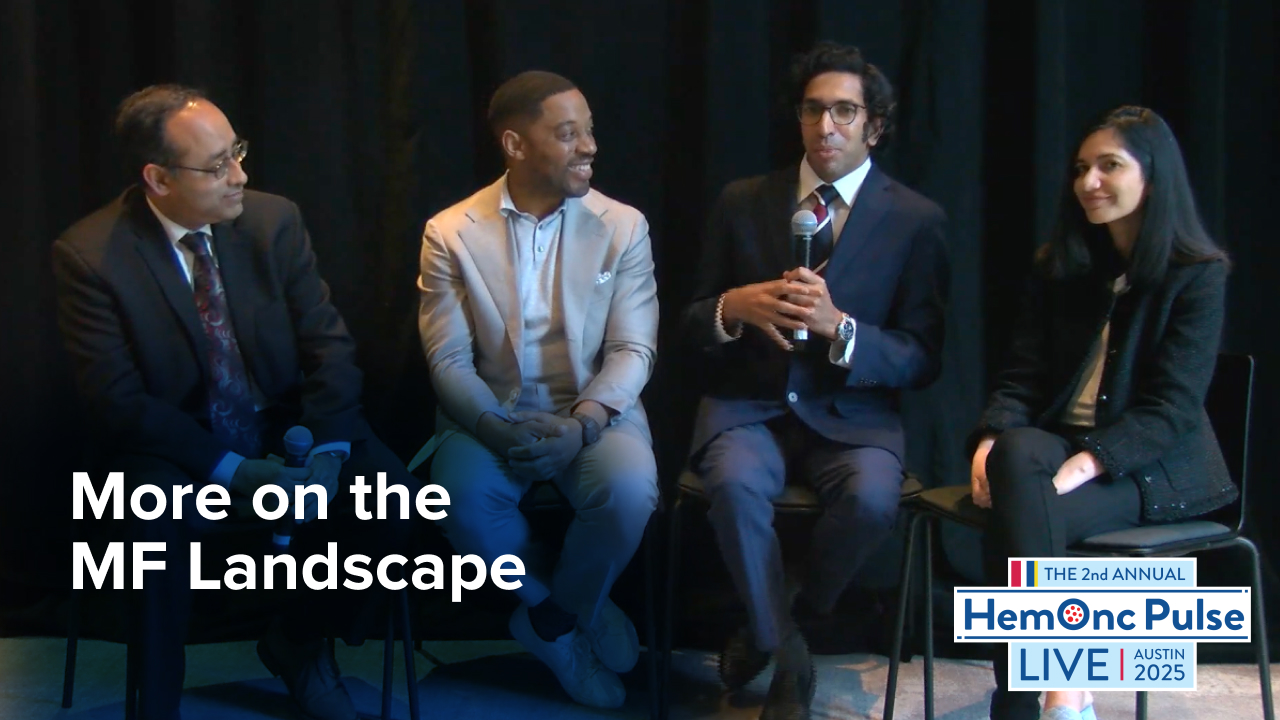
According to a recent study, the use of antithymocyte/antilymphocyte globulin (ATG) against graft-versus-host disease (GVHD) significantly reduced GVHD-free, relapse-free survival (GRFS) in patients with myelofibrosis (MF) undergoing hematopoietic stem cell transplantation (HSCT).
In this multicenter study of seven European and US academic transplant centers, Kristin Rathje and colleagues analyzed 806 (513 ATG, 293 non-ATG) GVHD prophylaxis patients. The primary endpoint was GRFS, while secondary endpoints included acute and chronic GVHD, relapse incidence, nonrelapse mortality, and overall survival.
The results showed the positive efficacy of ATG, as the researchers observed that GVHD grade 2-4 was 35% (95% CI, 31-39) for the ATG group versus 58% (95% CI, 52-64) for the non-ATG group. Overall, multivariable modeling showed a notable reduction in the risk of GVHD or relapse in the ATG group (hazard ratio, 0.85; 95% CI, 0.79-0.91; P=.007).
“The use of ATG as GVHD prophylaxis in patients with myelofibrosis undergoing HSCT resulted in significantly reduced GRFS. This effect was mainly driven by a significant reduction in acute GVHD,” the researchers concluded.
Reference
Rathje K, Gagelmann N, Salit R, et al. ATG/ATLG improves GvHD-free and relapse-free survival in myelofibrosis undergoing hematopoietic stem cell transplantation. Abstract #3572. Presented at the 65th ASH Annual Meeting & Exposition; December 9-12, 2023; San Diego, California.






 © 2025 Mashup Media, LLC, a Formedics Property. All Rights Reserved.
© 2025 Mashup Media, LLC, a Formedics Property. All Rights Reserved.